San Rafael Community Protests after Violent Arrest of Canal District Gardener
October 5, 2022
In the last few weeks, a community facing long-standing prejudice exploded. Body camera footage was released from an incident in the Canal neighborhood in San Rafael of the police confrontation and violence, towards a gardener known as Mateo, by Officers Daisy Mazariegos and Brandon Nail. Community leaders and residents took to the streets and brought their frustrations to the City Council and San Rafael Police Department.
With these statements, other concerns and issues came to light. These issues are, to many, showing that this incident is the latest in a pattern that has plagued the Canal for years and exacerbated its issues, to the point where many Canal residents feel that something now has to be done about misconduct in the SRPD.
While the Canal community is split on what to do in the aftermath of the violent incident, the vast majority of residents are speaking out against police brutality and how they feel the local government and the San Rafael Police Department treats them. Speaking their minds, Canal citizens expressed their frustration at the actions of the SRPD.
“I’m deeply sad and angry to see the mistreatment of Mateo,” said Samantha Ramirez, a community leader and former citizen of the year, who spoke at the San Rafael City Council meeting. “We have a whole community that was traumatized by what happened”.
This frustration has also taken the form of protests which have been consistent since the beginning of September. The first major organized protest occurred on September 5th when protestors met on the corner of Windward Way and Bellam Blvd. This was the specific area where the altercation between Mateo and the San Rafael Police Officers occurred. Slowly and steadily, protestors made their way towards the San Rafael City Hall in record high temperatures while blaring Latin music. Chants ranged from, “Un pueblo unido, jamas sera vencido” to “F*ck the police.”
Many protestors were angry that such an authority like the police could harm a citizen in such a particular way. “Police should be here to help us, not to harm us,” said Alberto Cruz, a San Rafael resident and protestor. “We are not bad people, we came here to work and to get ahead.”
“When you have officers who now think their badge protects them, they feel above everyone and entitled to mistreat those who don’t wear one,” said Mayra Viniegra, a longtime San Rafael resident and protest organizer. “They think they’re unbreakable”.
Damon Connolly, a Marin County Supervisor and candidate for California State Assembly, was also present at the protest. “The police have to step up, earn the community’s trust, hold those [police officers] who are involved in misconduct accountable,” said Connolly. “It’s very important, for me, to have trust and accountability for those who serve the public”.
Towards the end of the march, many protesters were given the ability to speak their minds on the steps of San Rafael City Hall where many of the same sentiments were reiterated.
The road to rehabilitation seems to be a rocky one. Many San Rafael residents share the opinion that Officers Brandon Nail and Daisy Maziergos should be let go of their position, but the controversy comes with what to do next. Prevention of another violent altercation is at the forefront of many minds, but the way of doing so is where paths split.
During the city council meeting where the city allowed people to speak their minds once more, members of their community expressed their want to see the officers involved in the incident face consequences, the victim be compensated, and for these incidents to stop occurring.
According to members of the community, tension between the SRPD and the Canal community is nothing new. “They’re [Canal residents] touching on the exact problems that create the environment that allows these things to happen,” said Charles Dresow, the attorney representing the victim. However, there was a divide made clear: a divide between the younger, more radical faction present at the meeting and the older group who felt there was still trust to be regained in the SRPD.
Omar Carrera, the current CEO of Canal Alliance, is one of the community’s voices in support of having an open conversation with the police. After news was released of the incident, Canal Alliance’s Carrera’s posted a statement to their instagram. In it, he describes the possibility of a community forum in which Chief Spiller, San Rafael’s Chief of Police, could talk with different members of San Rafael’s community. “I’m a believer that if we proactively bring law enforcement to our communities, not just in moments of crisis, but if we bring them to see what we do and who we are and start building bridges of connection that is when public safety works with everyone,” said Carrera.
Not everyone is a fan of this more inclusive approach. Many voices in the community, especially younger generations, feel like there either was no trust built with the San Rafael Police Department, or that trust cannot be rebuilt.
“I don’t think it’s fair to try to build trust with an institution like the police that has proven that they don’t care about black and brown people,” said Samantha Ramirez. “It really bothers me when these organizations want to have panels and want to say, ‘Let’s build trust, Let’s hear…,’ this incident shows us that it doesn’t matter if they are from the community or if they speak Spanish. Policing in general is a problem.”
Charles Dresow finds that this distrust has to do with the legal system as well. “The public doesn’t know what happens, largely, in the criminal justice system,” Dresow said. “There’s a lack of transparency… these issues, people look at it and say, ‘how could this happen, this is outrageous, this is a disgrace, where did this come from?’ It’s from the system California has created.”
The San Rafael Police Department still holds out some hope that community members will be open to conversate and exchange ideas. Scott Eberle is the PIO for the SRPD. He believes that the SRPD is vital to protect and build trust with the Canal. “My goal is to rebuild any trust that has been eroded and to build trust in relationships with those who don’t trust us,” said Eberle.
Eberle also believes, from other members in the community, that the Canal requires better judgment. “There is an outspoken part of that community that is tired of the quality of life crimes, and has pushed for the community, internally, to do better.”
Although figures like Omar Carrera and Officer Eberle are pushing for integrated discussion, Ramirez is not alone in her evaluation of the police. Several San Rafael High School alumni and students also show disapproval in working with the police.
Carlos Avalos, a San Rafael High School alum and protestor, finds that working with the police is counter intuitive. “How do you build trust with an oppressive white system…,” said Avalos. “It’s not even something just in San Rafael, it’s all over the country.”
“They [the SRPD] could cover something up,” said Kevin Mendez, a San Rafael High School Senior. “They’re the ones in power, they can do whatever they want.”
Many residents in the Canal often draw the conclusion that what happened in San Rafael is not just an isolated issue. For many, it’s representative of what has happened before and what will happen in the future if nothing truly changes. And for some that future is looking very likely.
“I don’t have much hope [that things will change],” said Naedy Mendoza, a SRHS alum and former Canal resident. “The system has always been hard and doesn’t tend to change.”
Miriam Amador, another SRHS alum, shared a somber, yet hopeful perspective. “Change is slow, it doesn’t mean that we can go through these officials and wait for them to start doing it,” said Amador. “They didn’t have any of this [on their agenda], even though we were protesting about it in 2020…and even before that we were organizing against all forms of oppression and white supremacy in this county.”
Despite the anger and frustration, most are still hopeful that real change can occur.
“We need to come together, different ages, different experiences,” said Ramirez. “We have to trust ourselves that we’re powerful and that we can create these changes and we can improve our communities.”

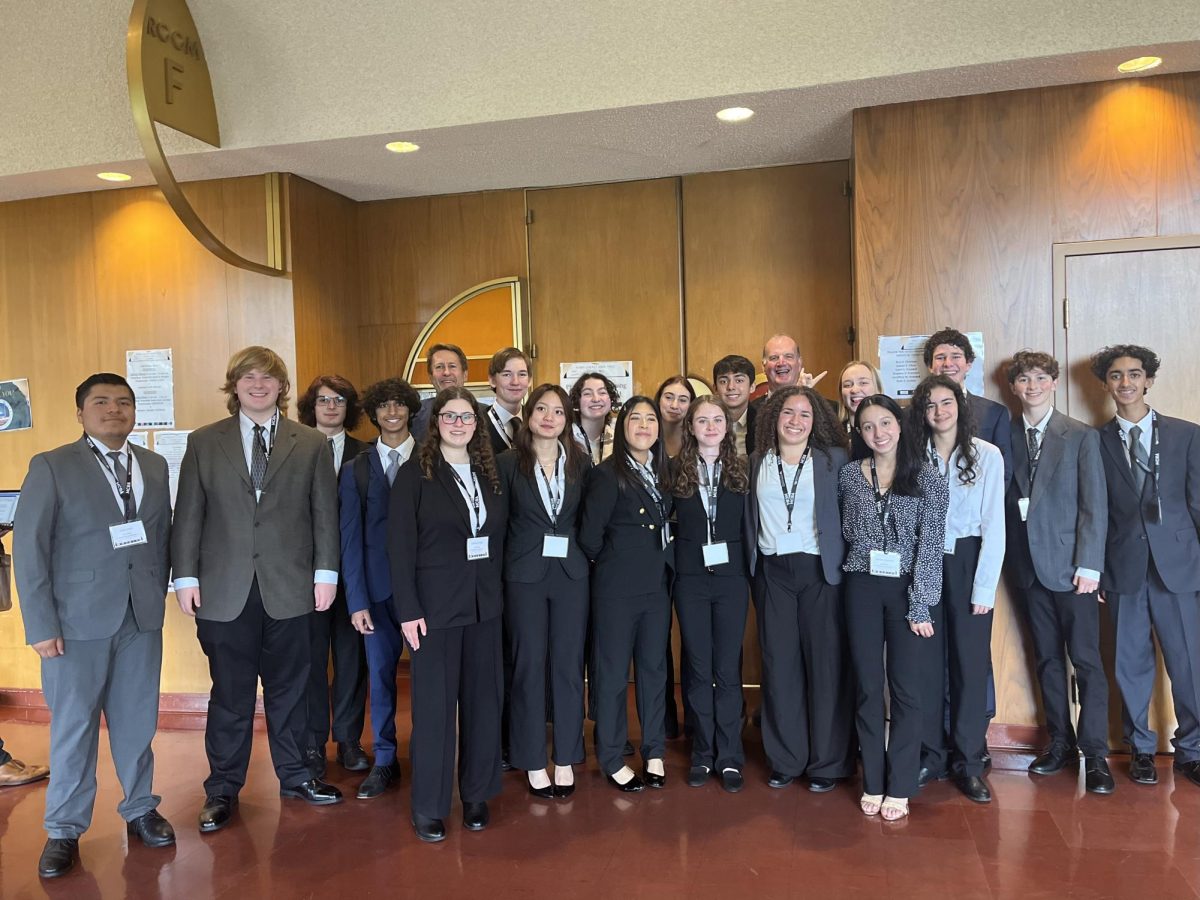
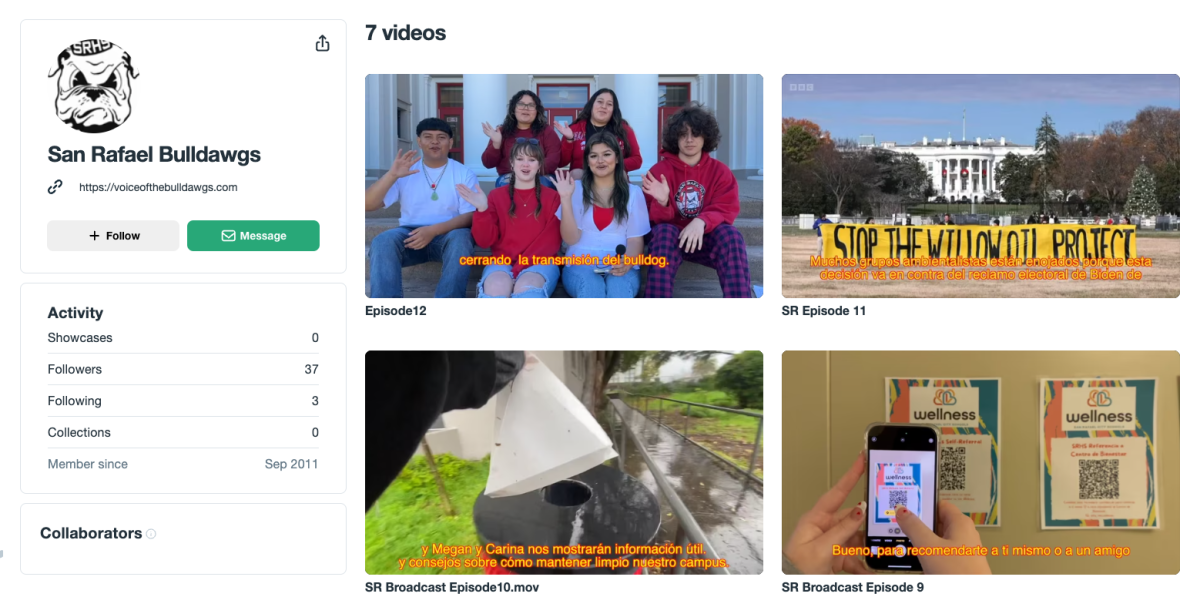
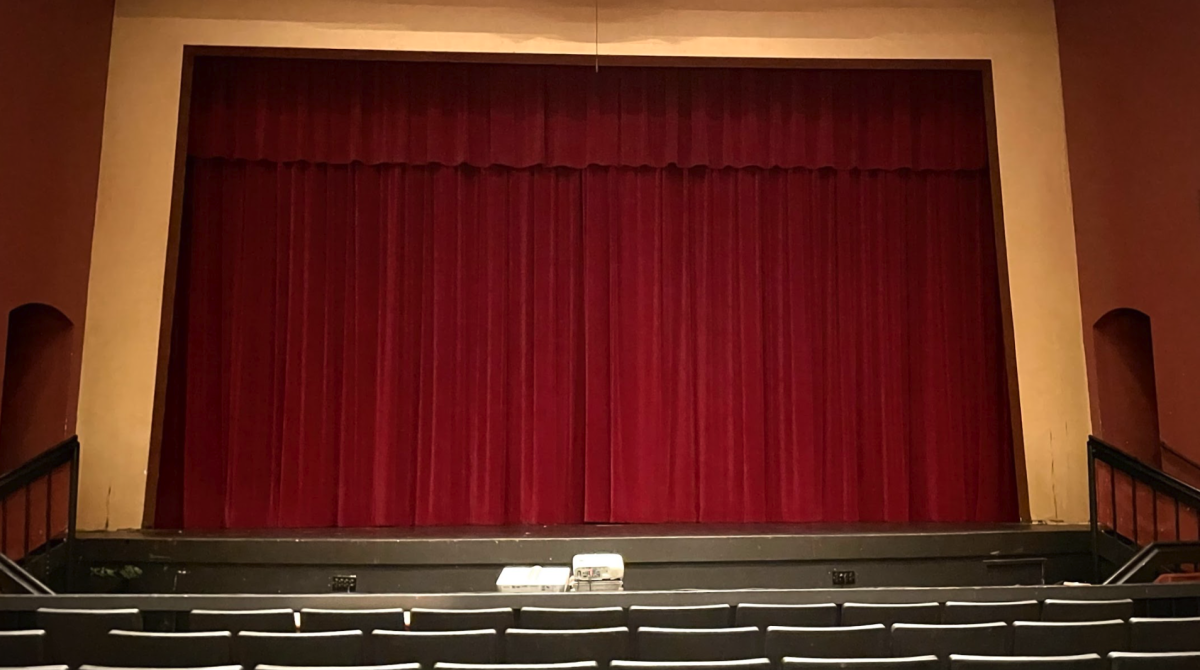
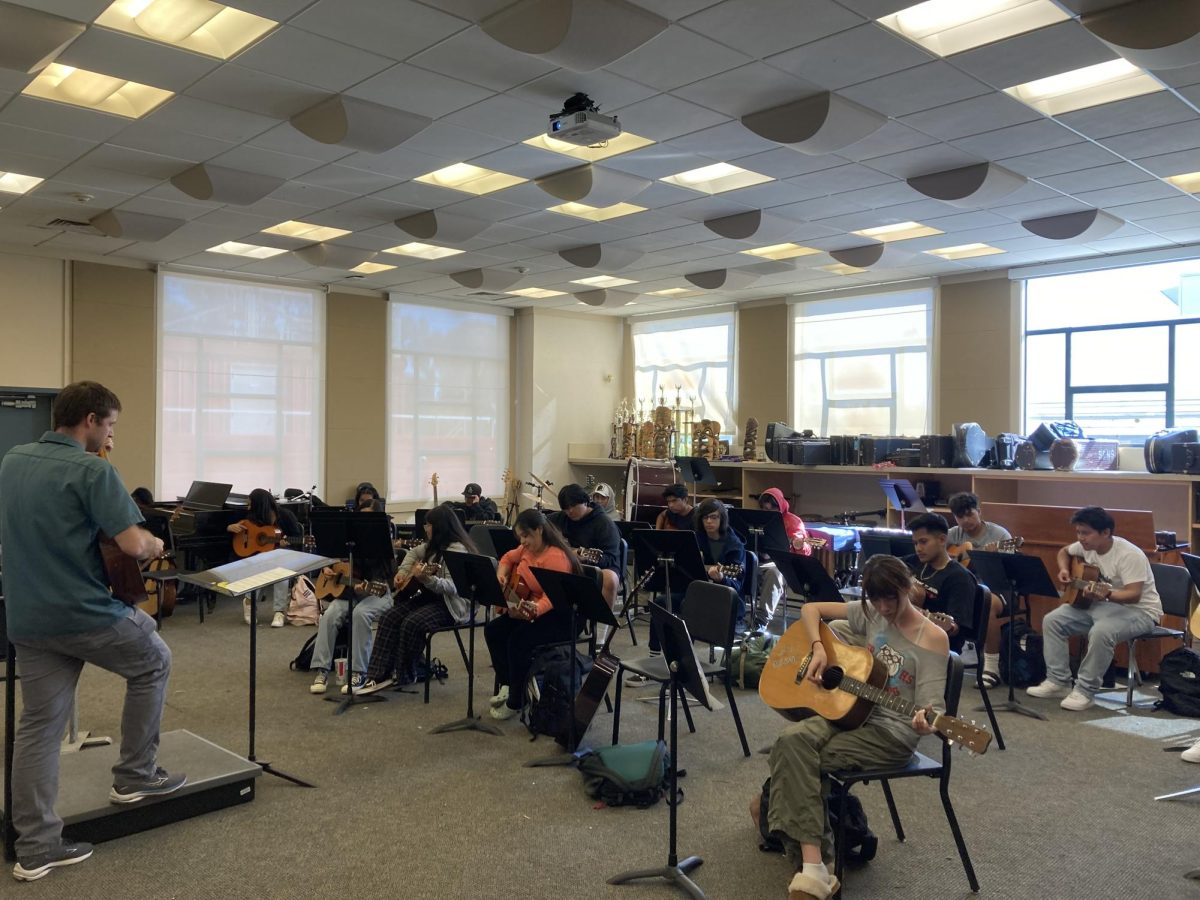
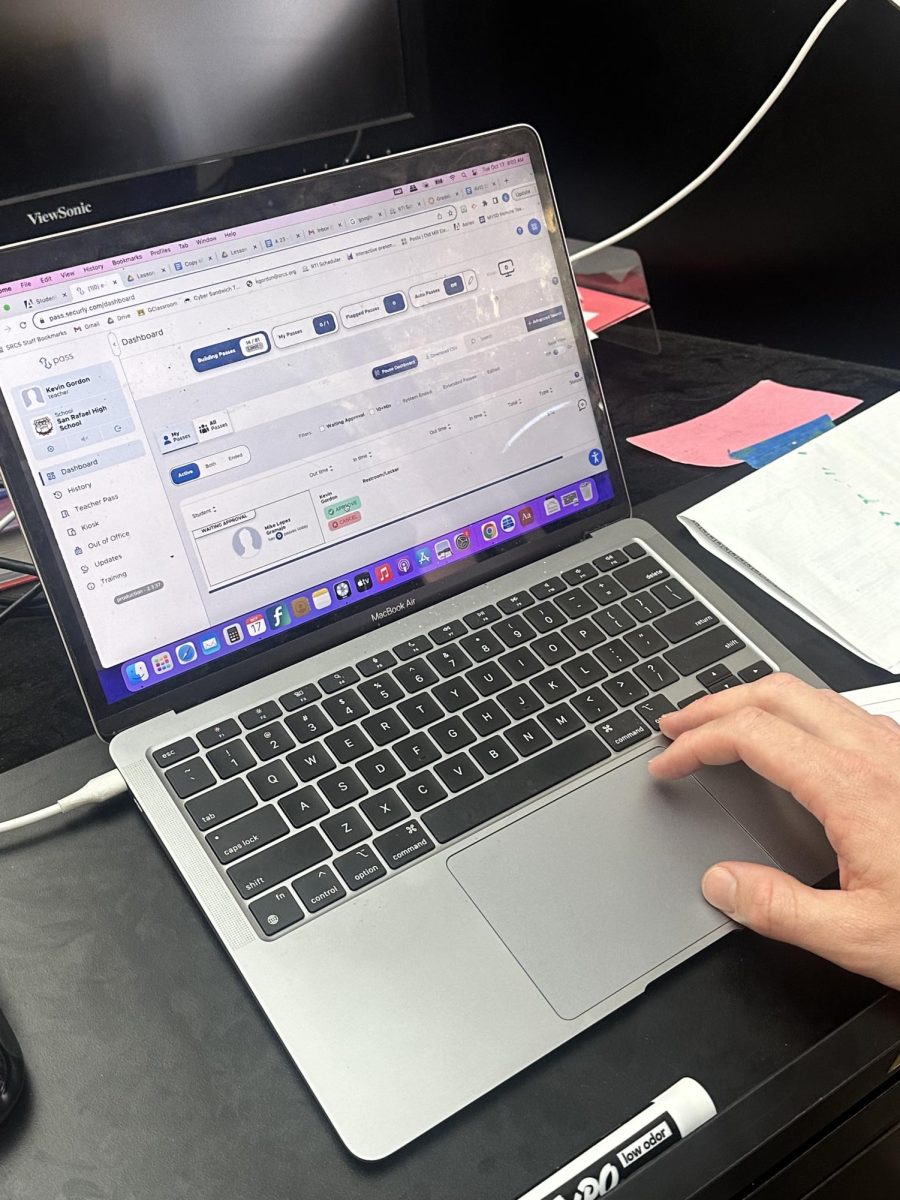


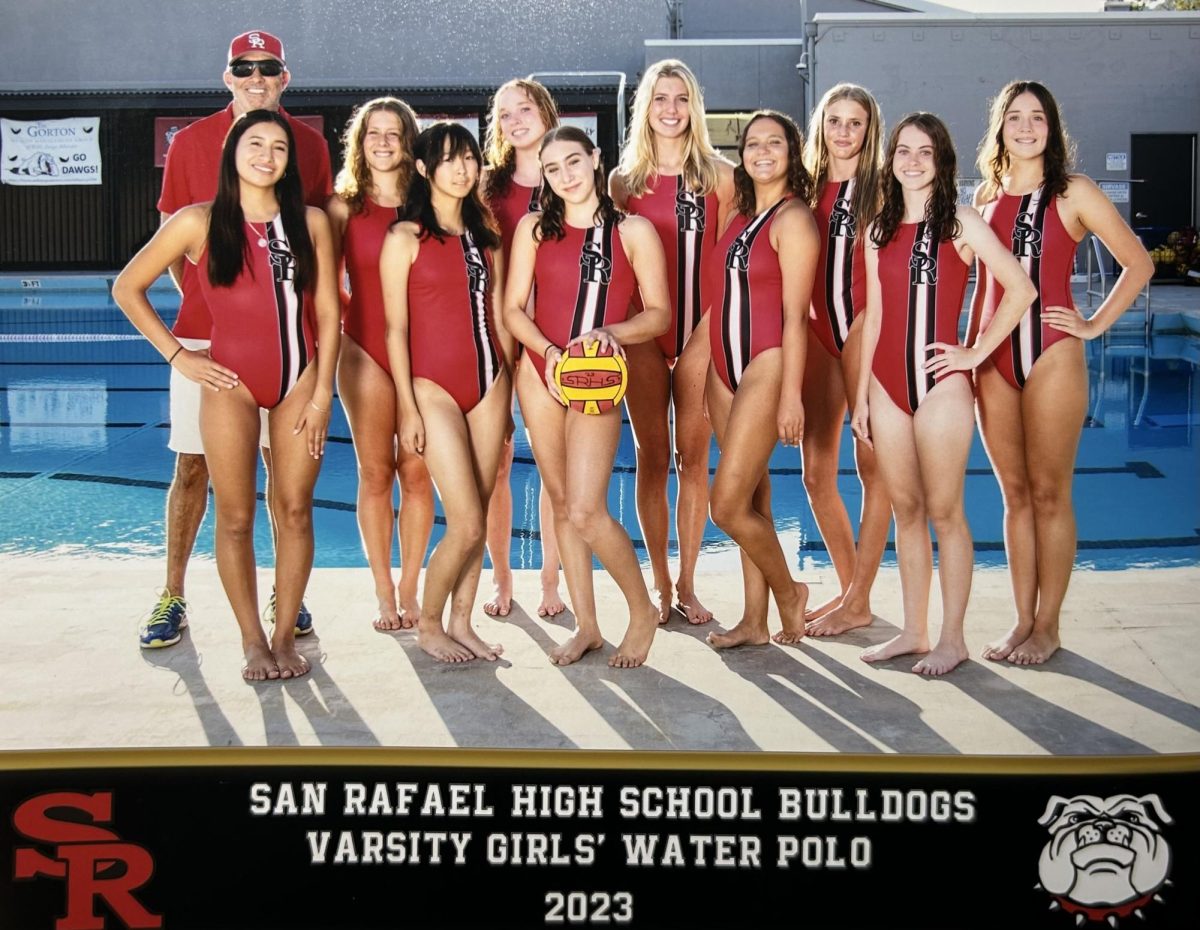
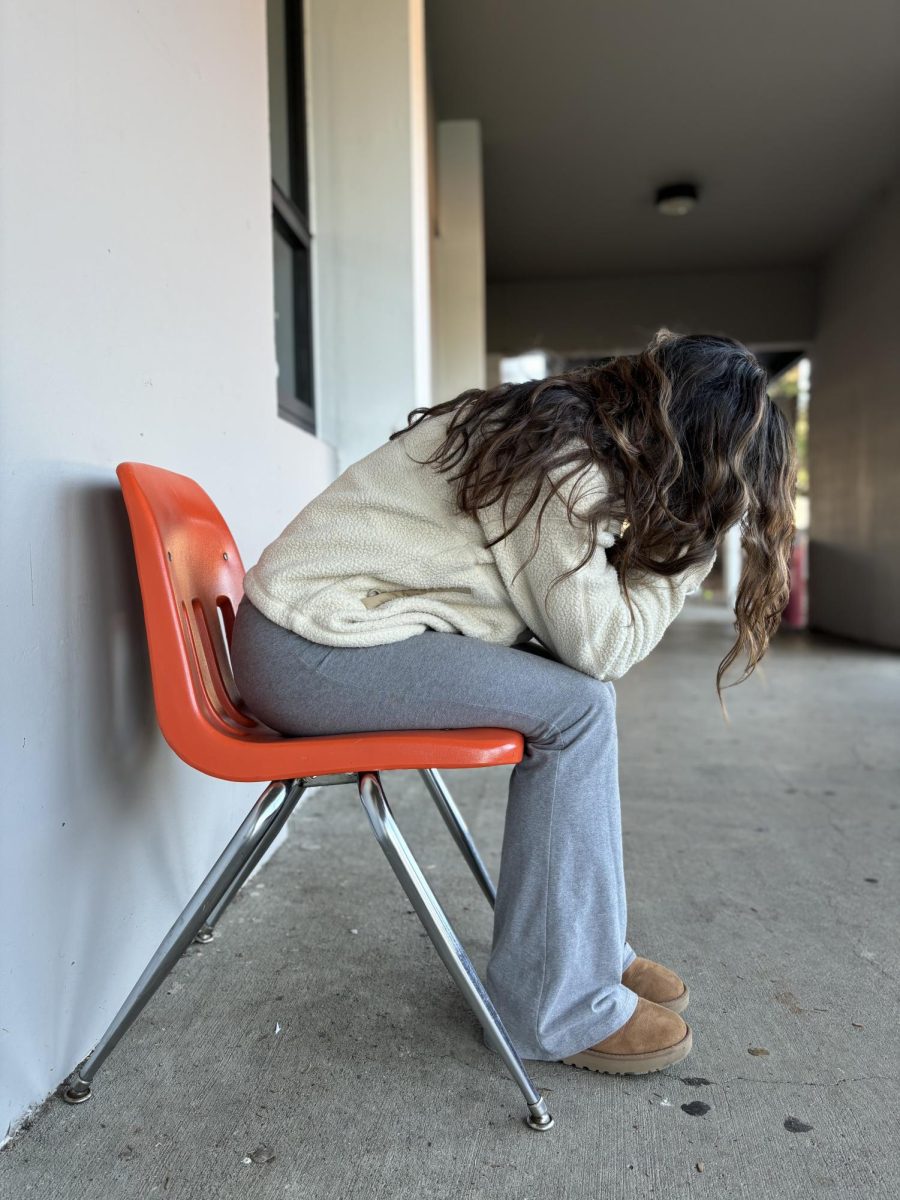

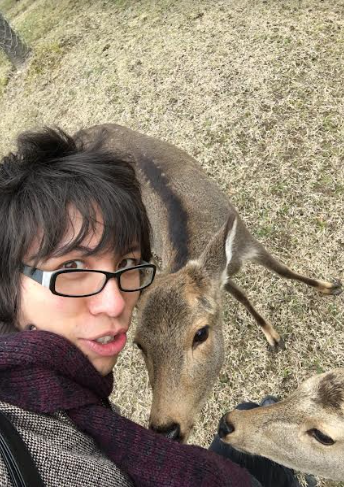
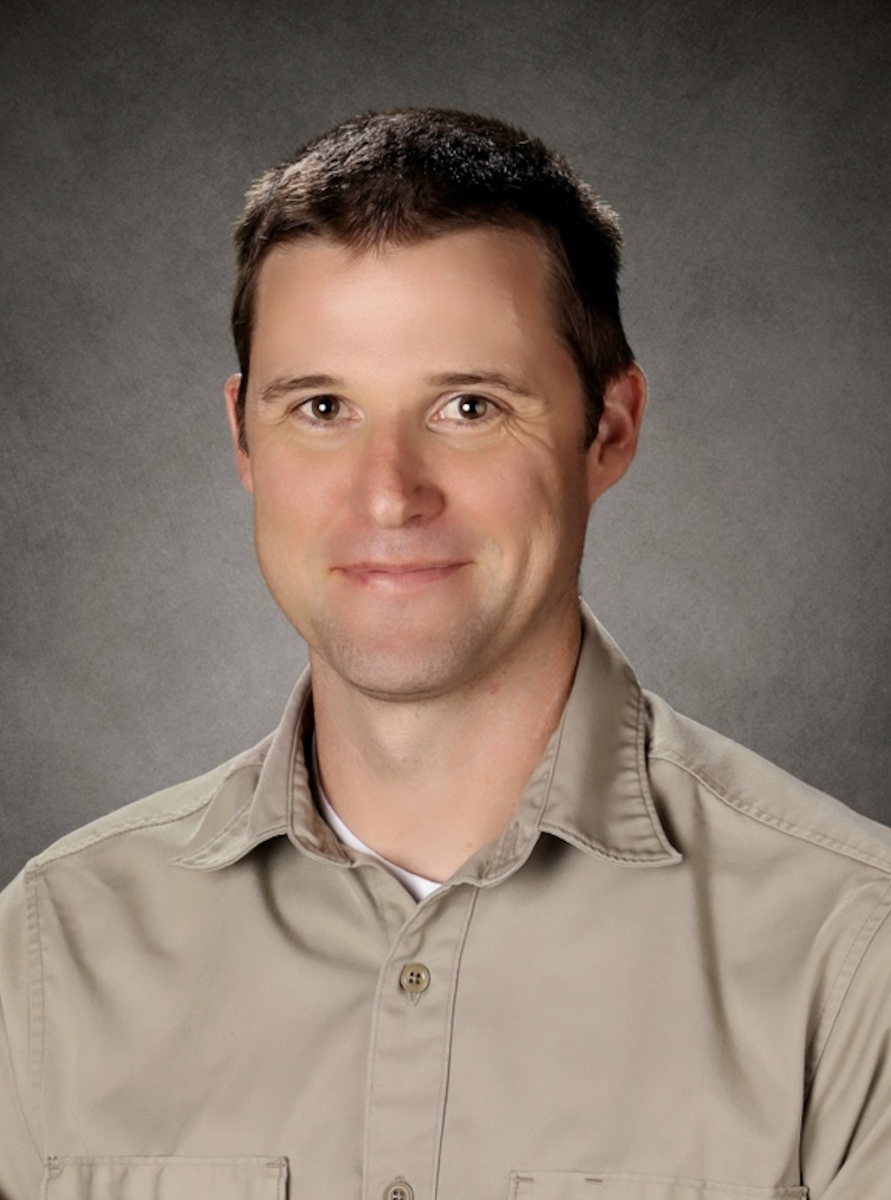
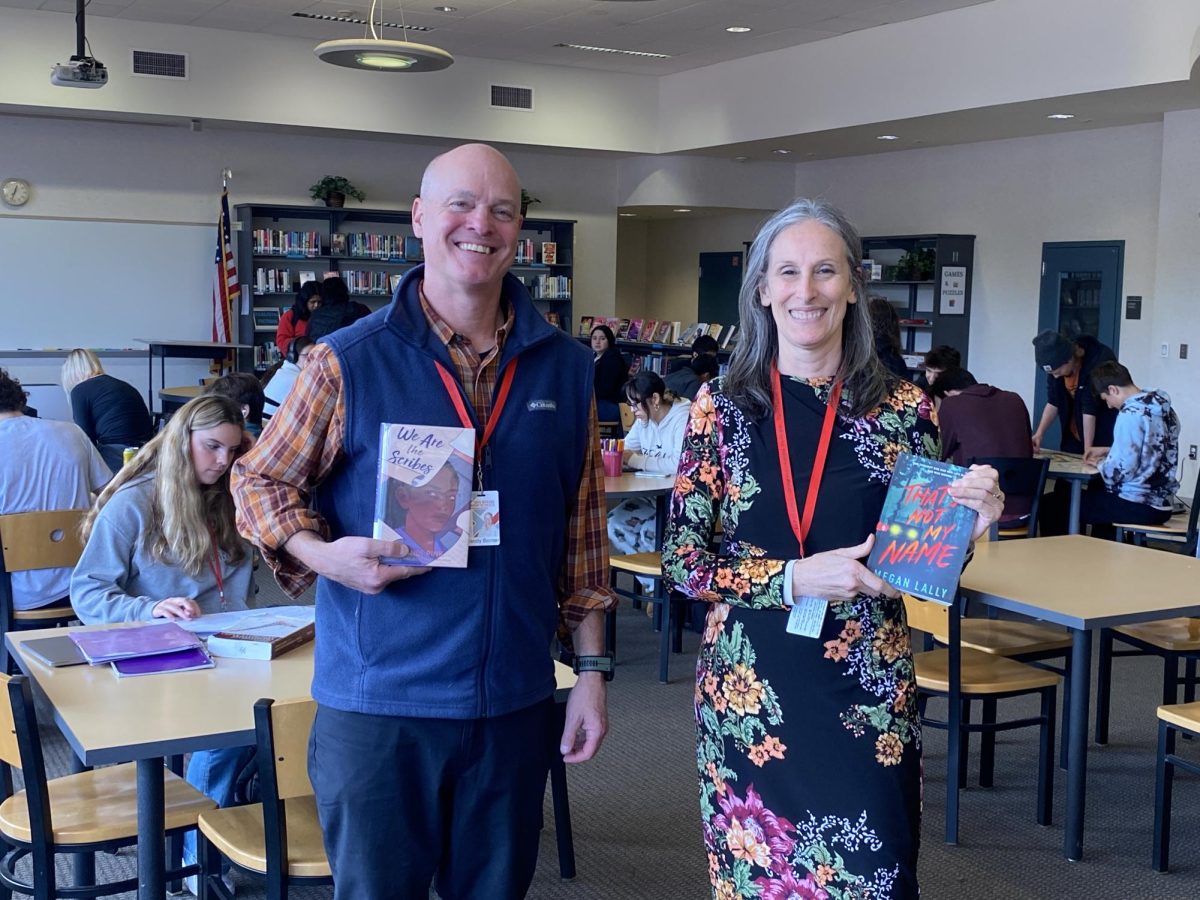
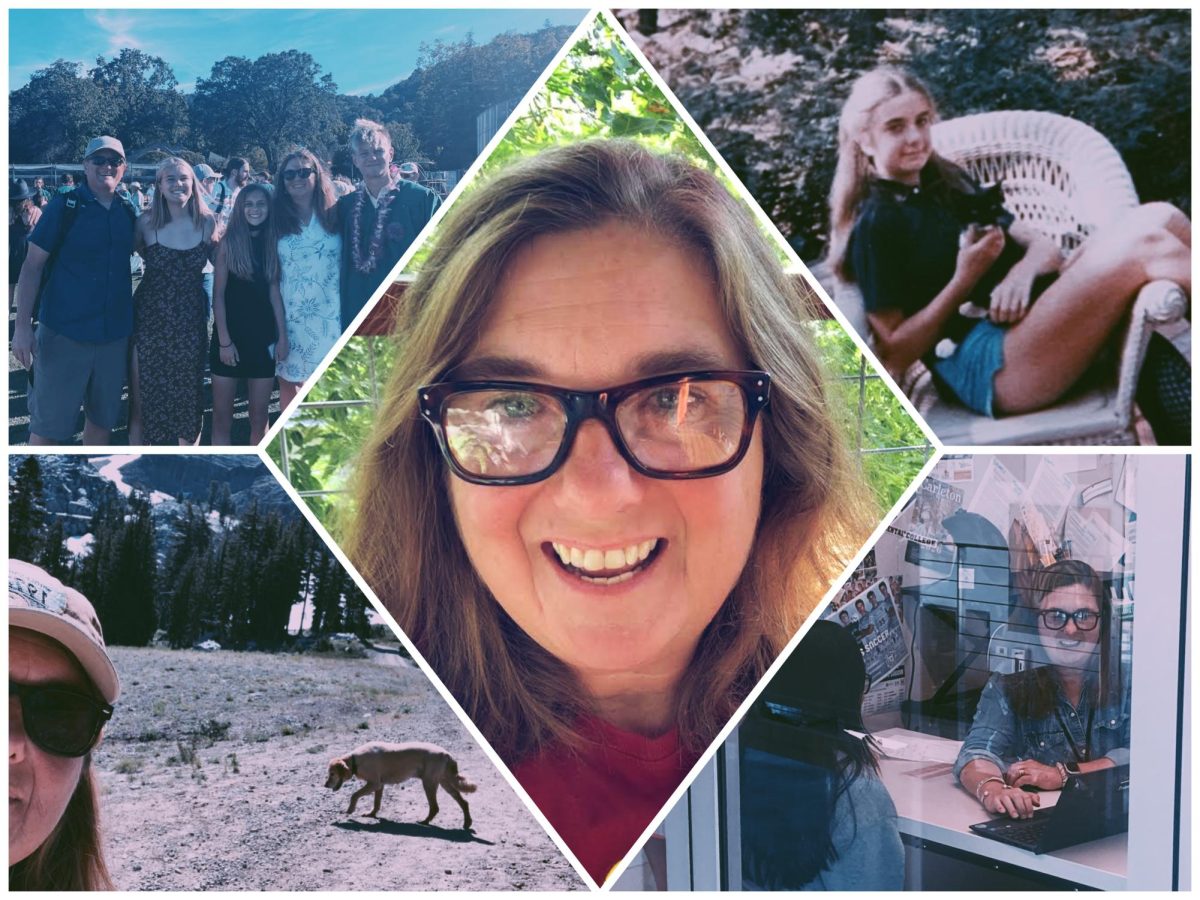
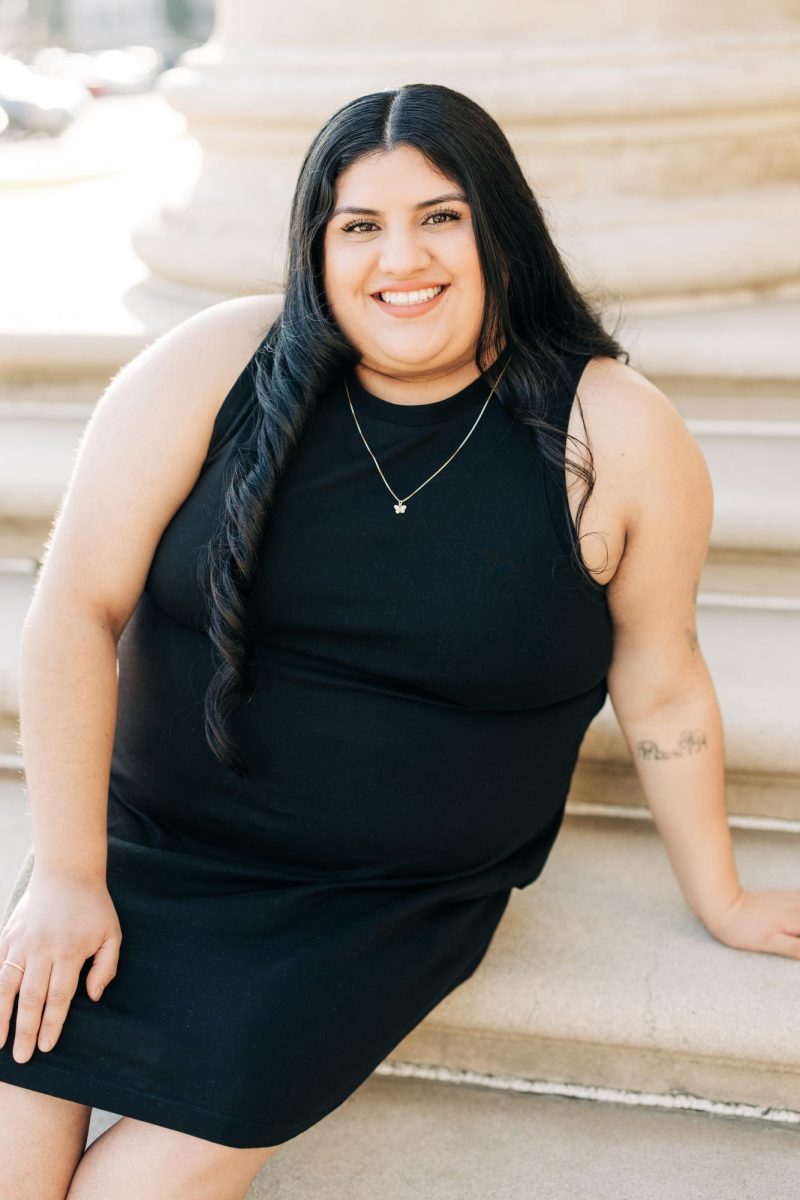
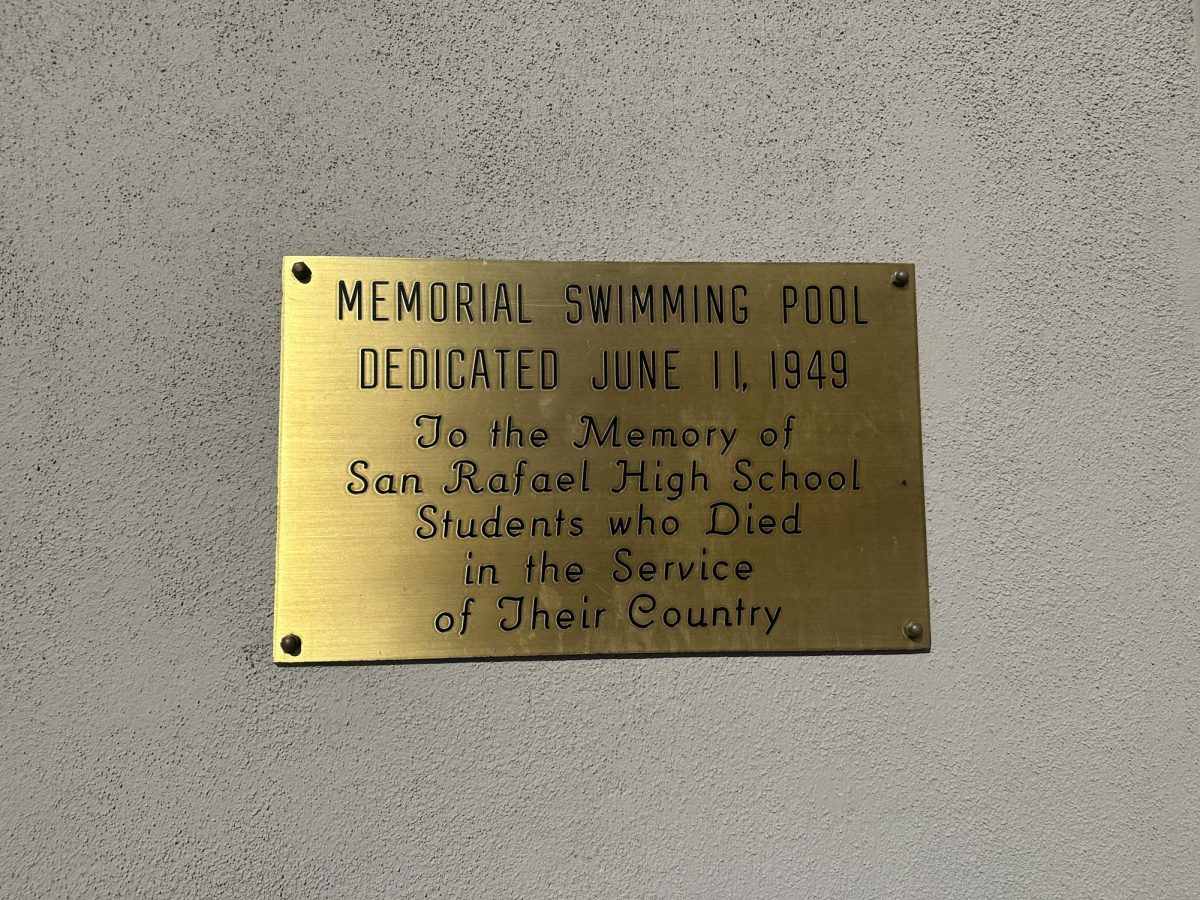
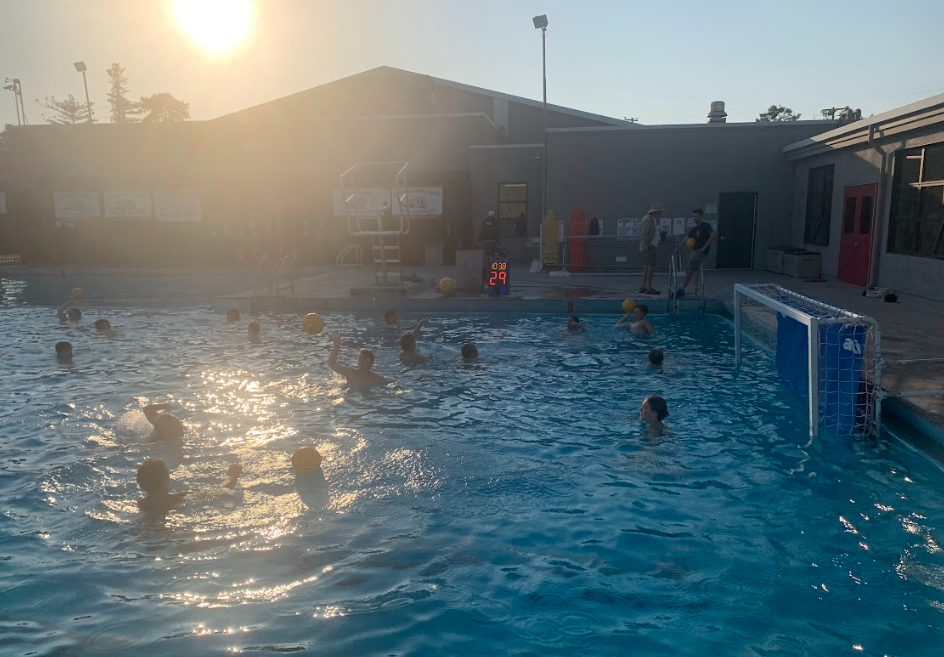
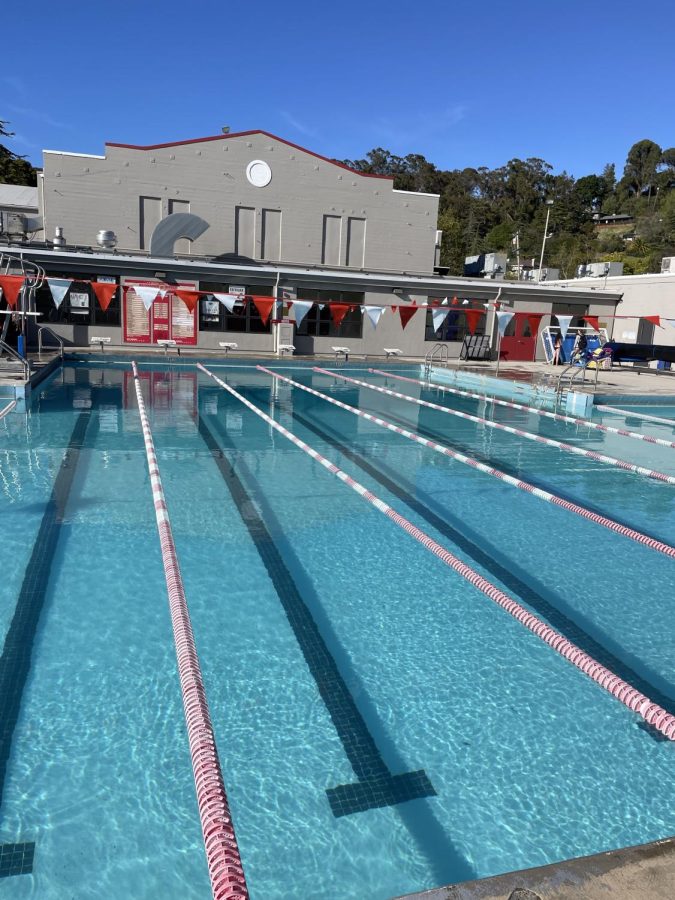
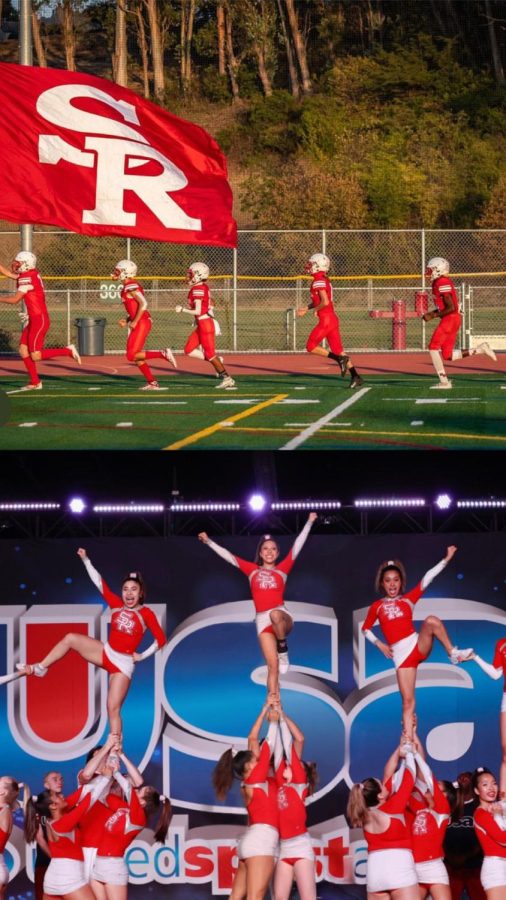
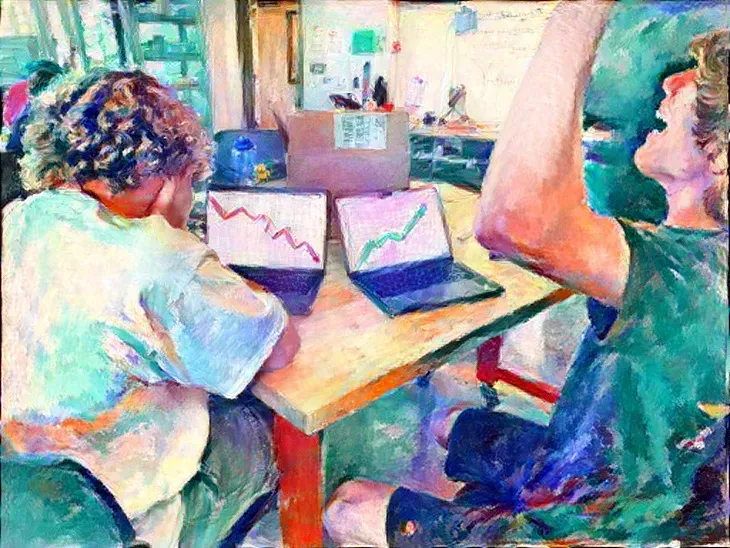
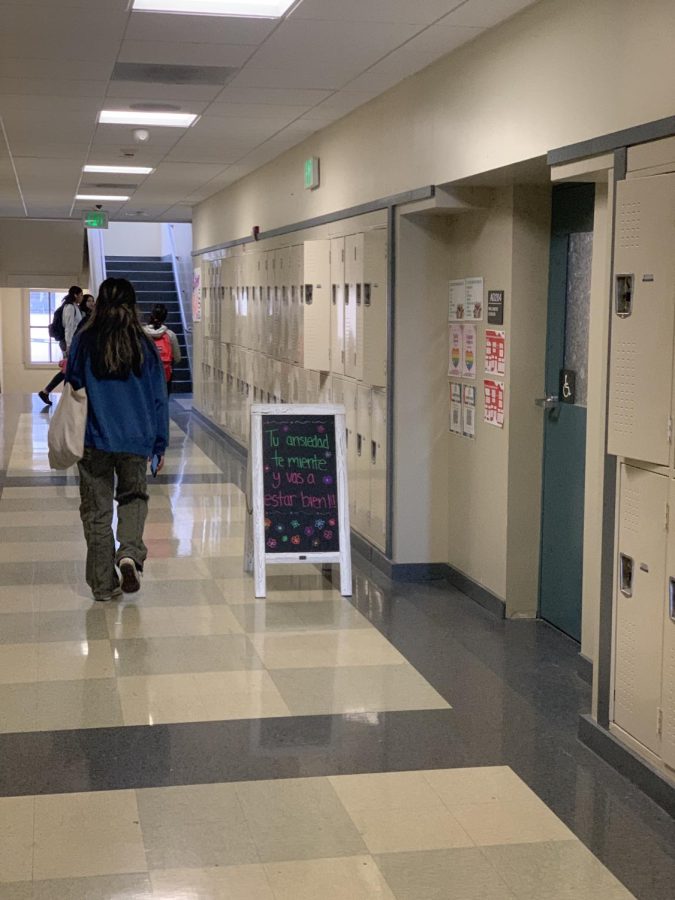
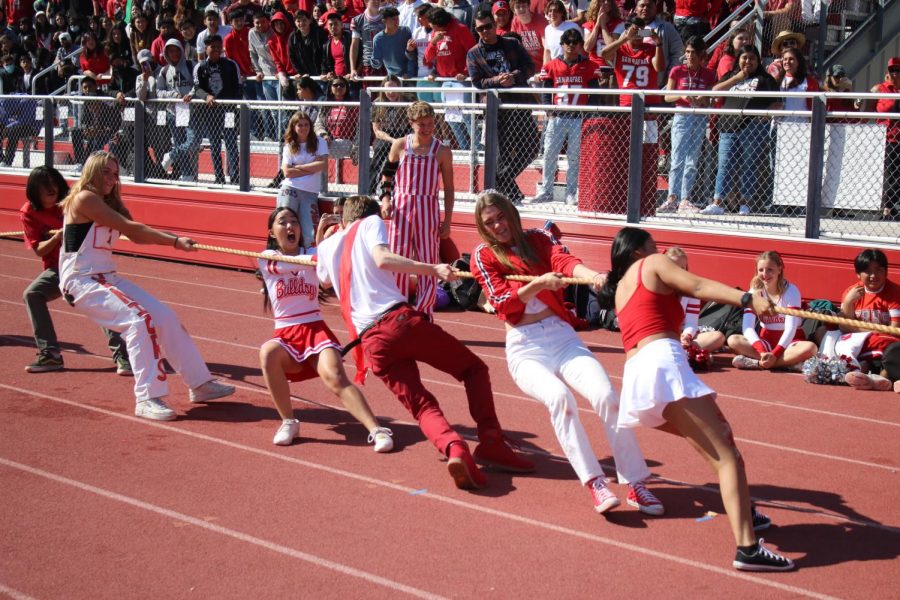
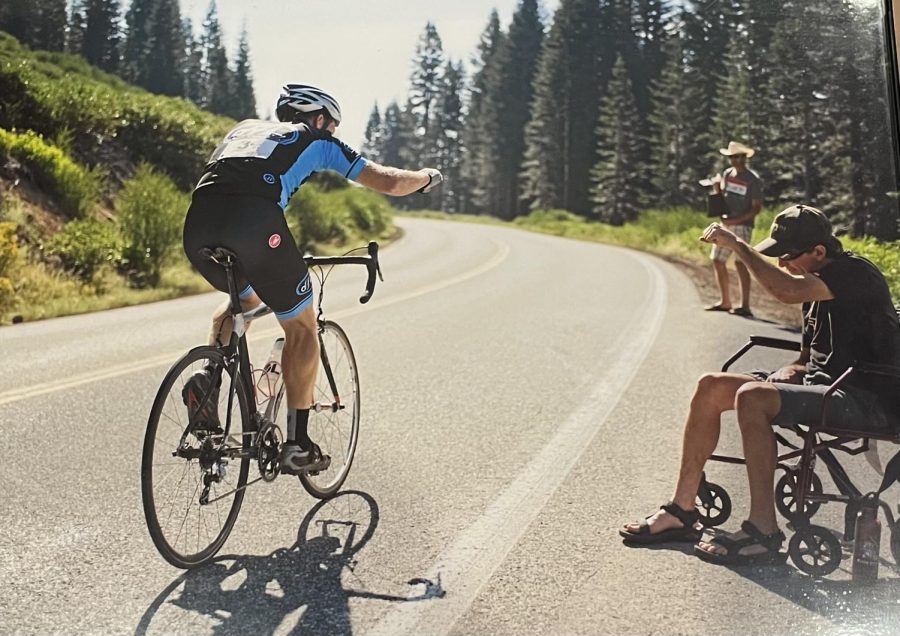
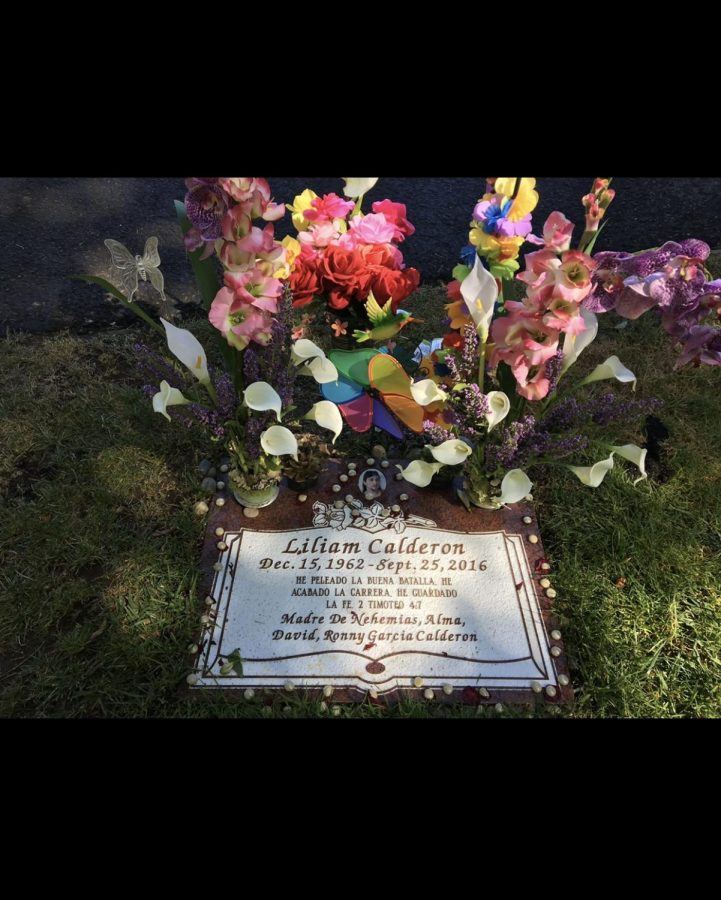
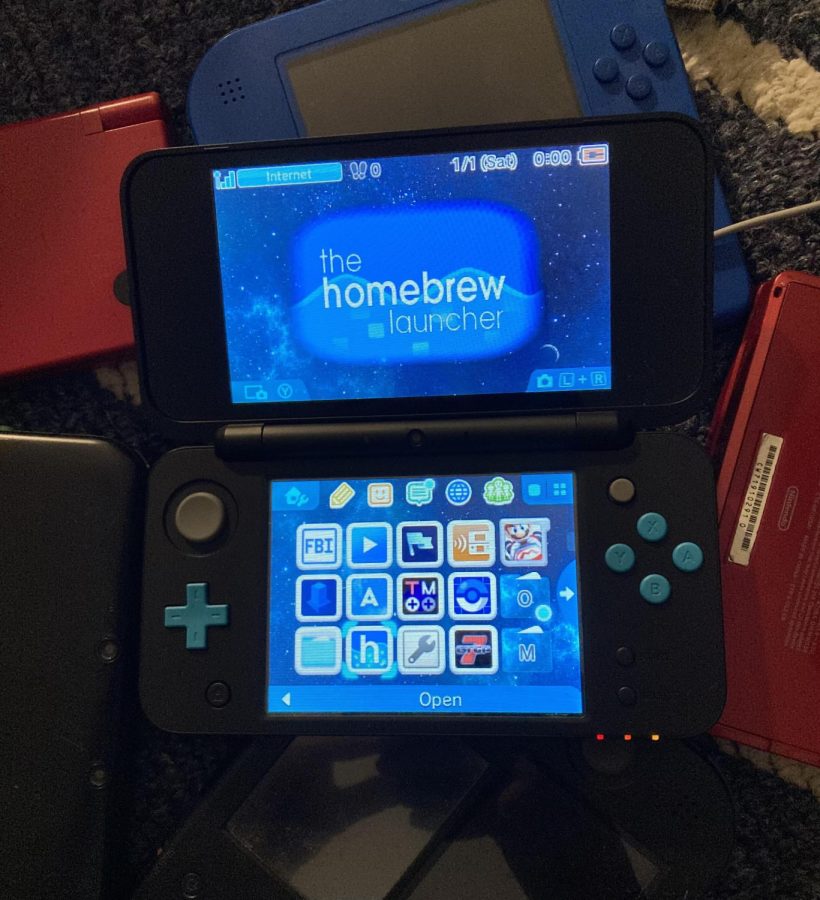
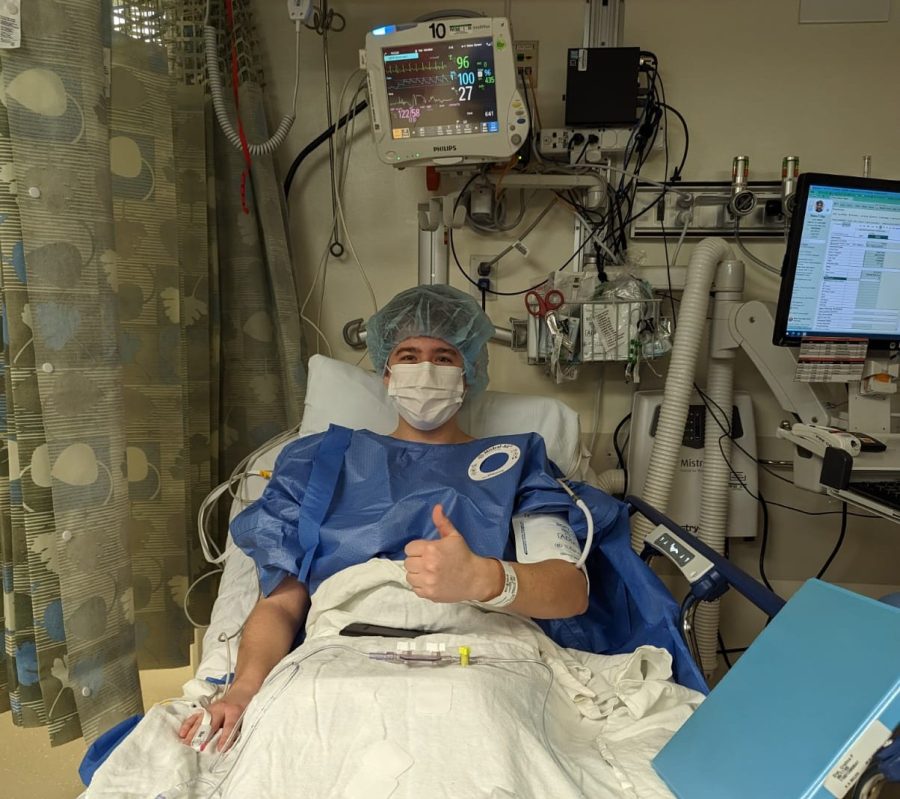
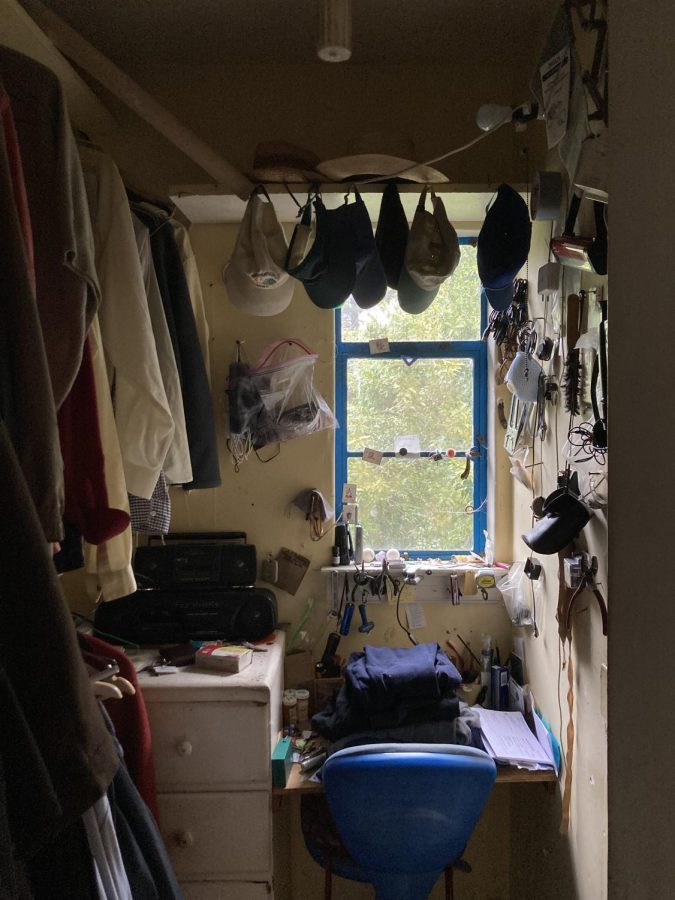




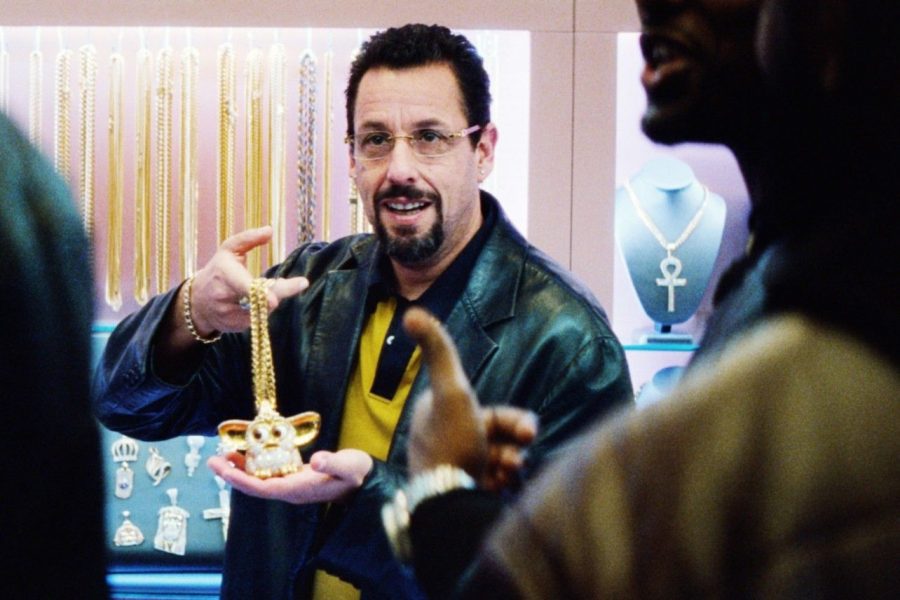

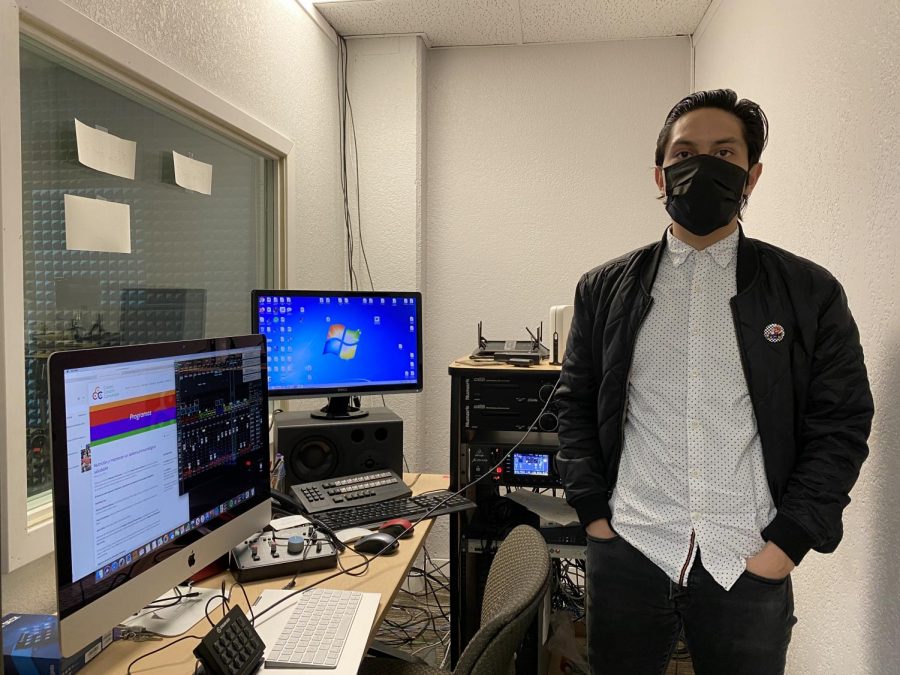
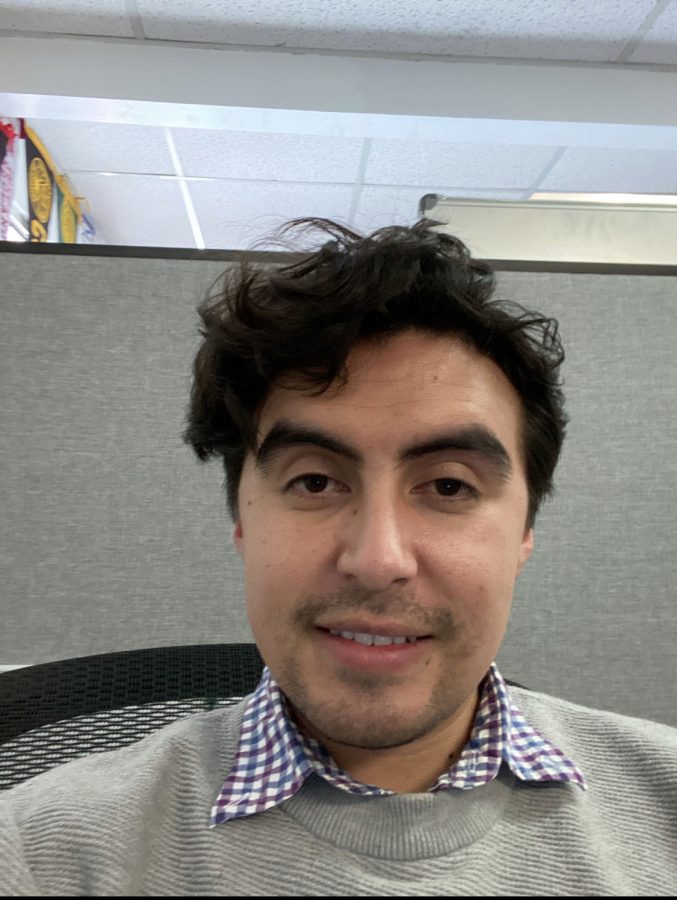
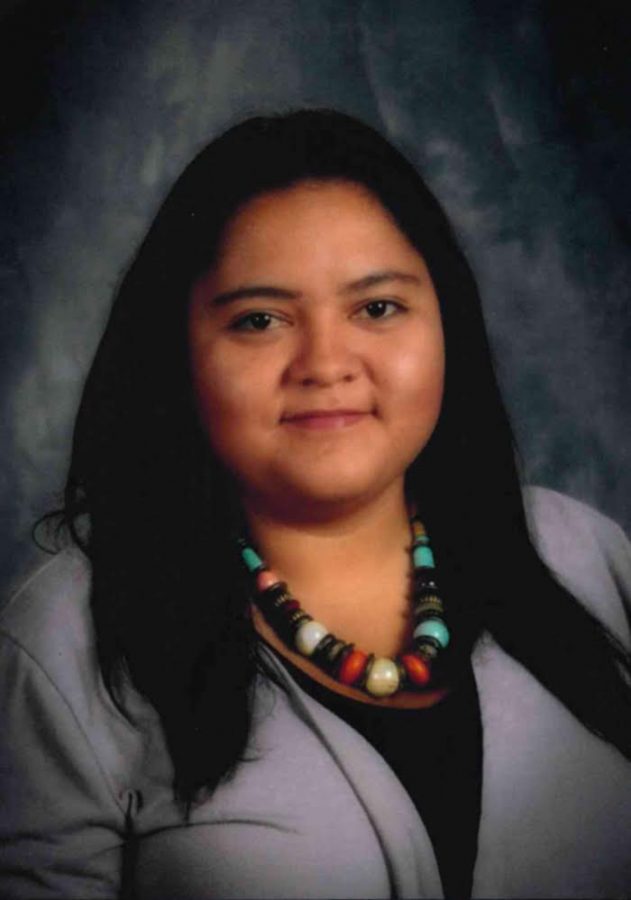
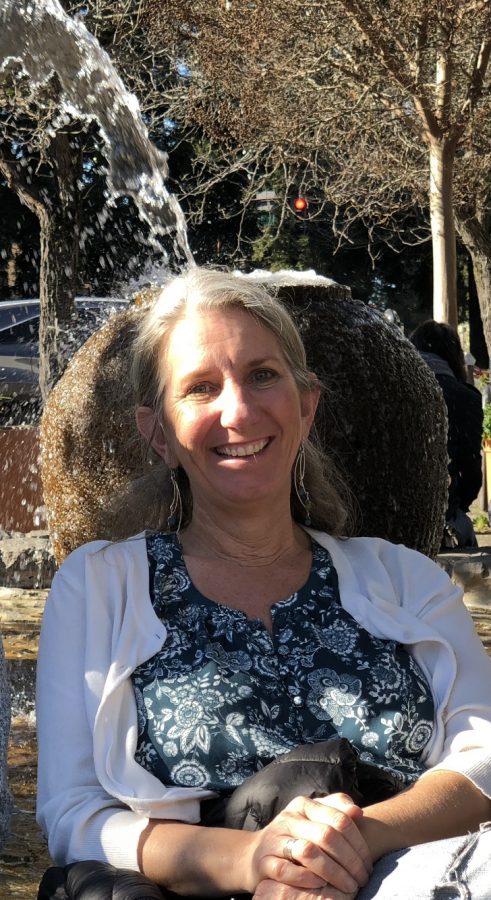
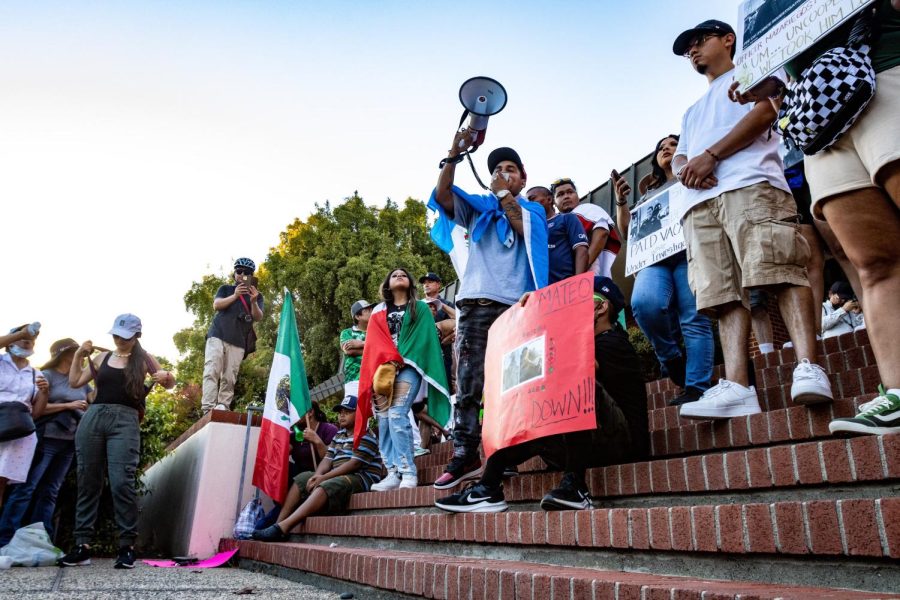
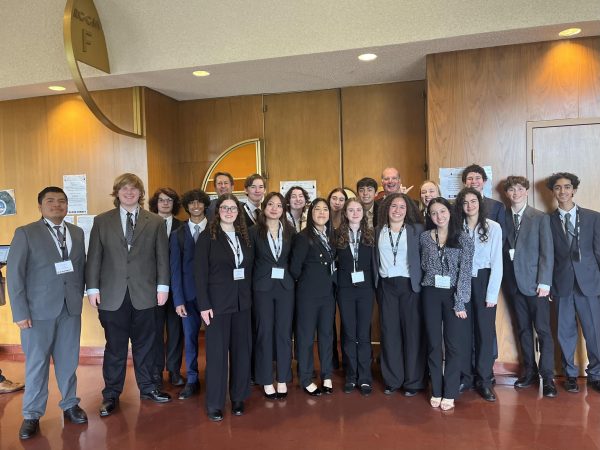
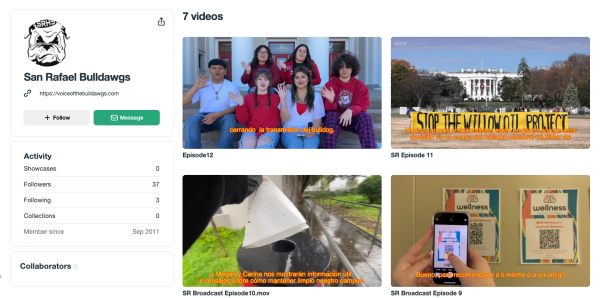
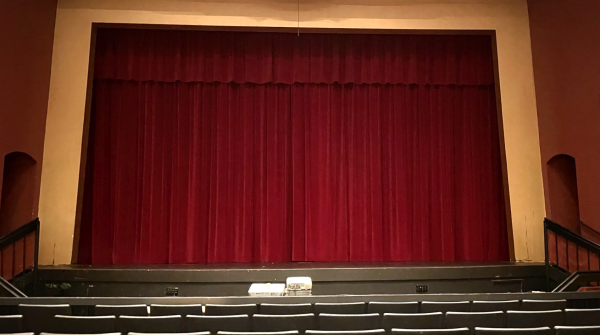
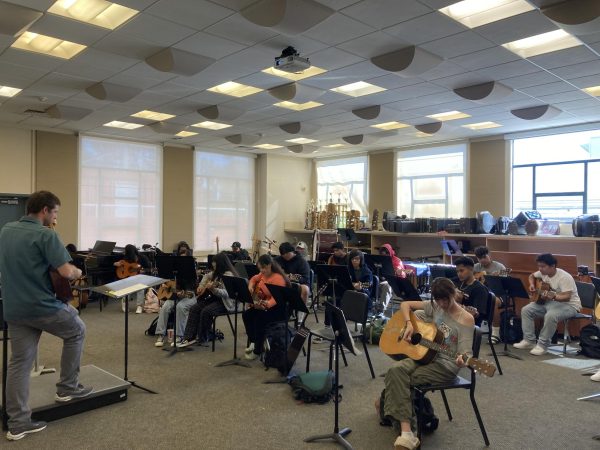

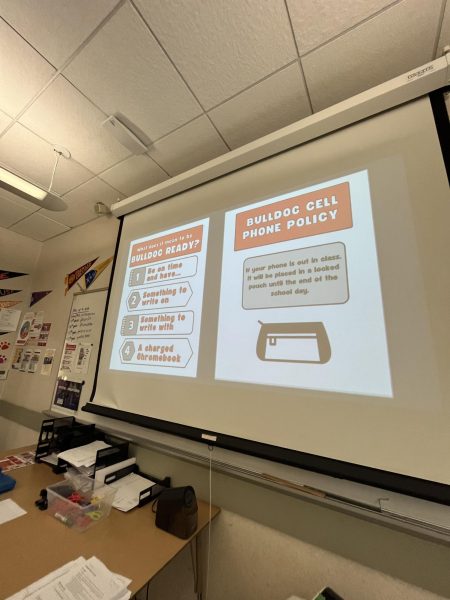
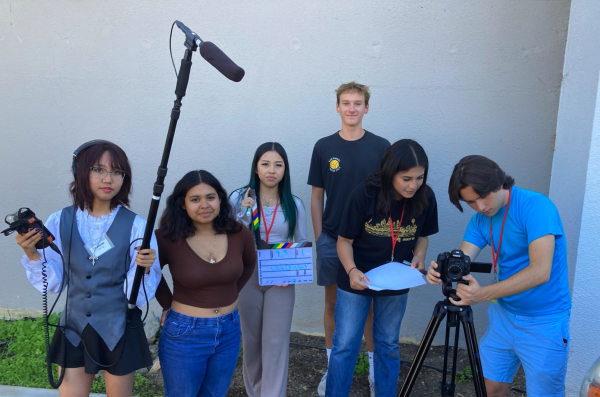
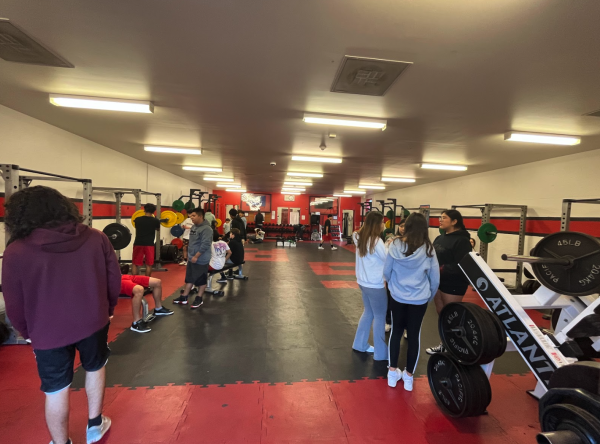
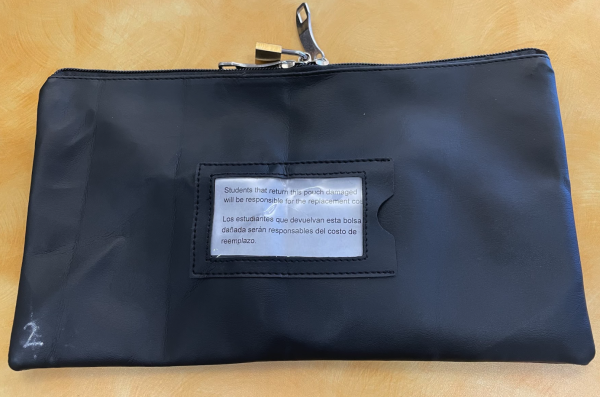
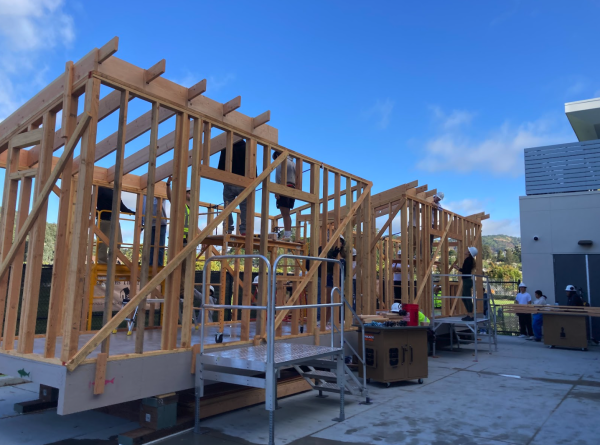
Kyan Baker • Oct 18, 2022 at 2:13 am
As a former Off the Leash writer, I’m really impressed with your work reporting and writing this article. I look forward to reading your work for the rest of this year!
Sirima Pinit • Oct 9, 2022 at 6:03 pm
Great article!
Sebas Ochoa • Oct 5, 2022 at 7:35 pm
IDK bro. kinda mid to me
Liz • Oct 5, 2022 at 5:39 pm
Influential, life changing, inspiring, well worded. Perfection.